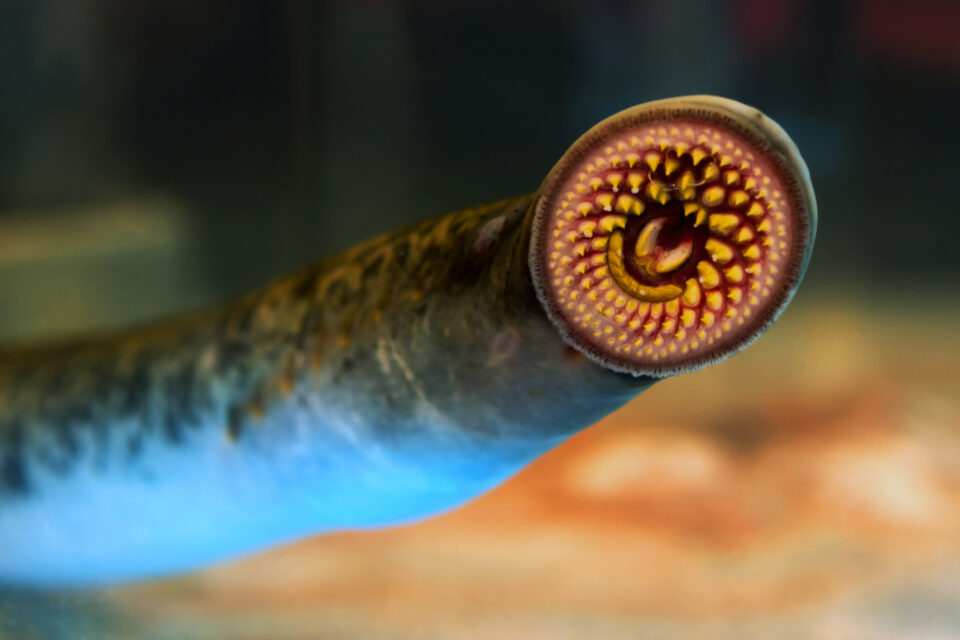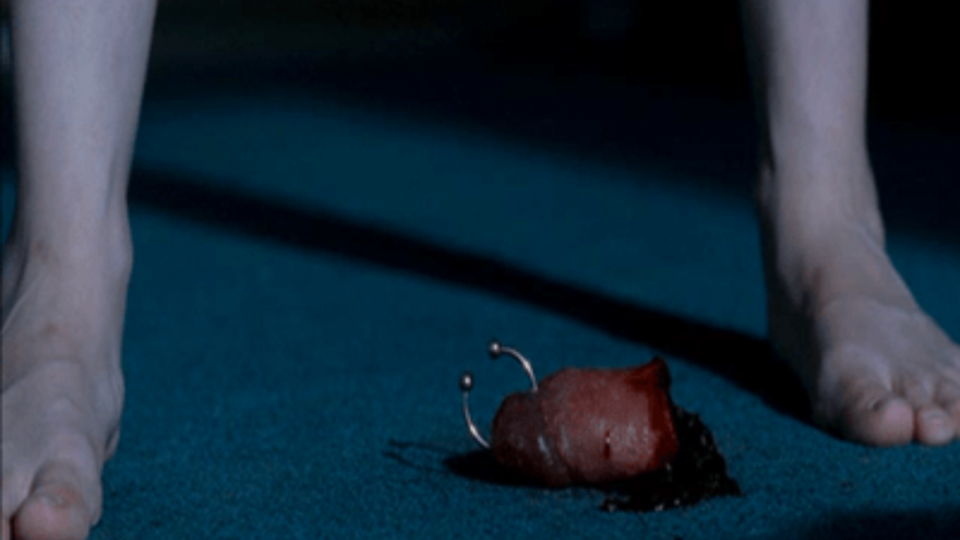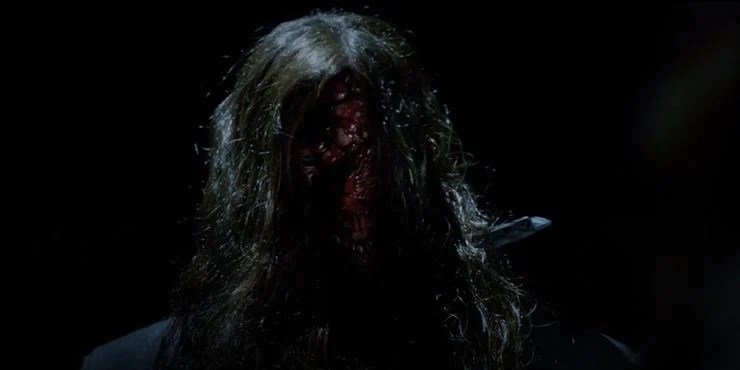‘Teeth’ and The Anatomical Possibilities of Vagina Dentata [Science Of The Scare]

This is Science of the Scare. Every month we will dissect a horror topic through a science lens and talk through it in (mostly) easy-to-digest terms.
Do you ever watch body horror and think “Okay, I’m pretty sure the human body can’t actually do that… but what would it look like if it could?” That’s exactly how I felt the first time I watched Mitchell Lichtenstein’s 2007 horror comedy Teeth. And that feeling stuck with me so much that I just had to dig into the (hypothetical) physics and physiology of vagina dentata.
If you’ve never seen Teeth, here’s what you need to know: Dawn O’Keefe (Jess Weixler) is a fairly normal teenager who discovers that her vagina has teeth that will reflexively attack anyone that enters her without her consent. The movie follows her as she navigates her aggressive bodily adaptation, along with coming to terms with the fact that pretty much every single man in her life is a terrible person.
The term used to describe Dawn’s unusual anatomy in the film is vagina dentata and, while the anatomical anomaly does have roots in folklore, including Maori and Baiga tribe myth, it isn’t a real medical condition. But if a vagina could bite, how might it work?
Let’s Talk About Jaw Structure
Now, we never get to see Dawn’s second set of teeth, so we have to guess how they might look. The different posters for the movie hint at a few different forms that they might take, from snapping jaws to a sort of ring of teeth like what you’d find in the mouth of jawless fish like a lamprey. I can’t explain it, but personally, I’ve always sort of imagined that Dawn’s vagina dentata must look sort of like she has a staple remover inside of her.

For the sake of simplicity, we’ll stick to discussing hinged jaws only as our frame of reference. Jawless mouths, like the aforementioned toothy suction cup-like lamprey mouths, are designed for sucking, rasping, and scraping, which isn’t really the sort of action that we see from Dawn. Like, at all. Only hinged jaws, like human jaws, can give the biting leverage that we see in the film, where Dawn is able to very effectively sever both penises and fingers.
The human jaw is a class three lever (like a staple remover!), that has so many muscular attachment points that not only provide force for a powerful bite, but allow for finer control. This is important for making sure that the force of the bite is actually appropriate for what you’re biting. Your default bite for something hard and crunchy like a raw carrot isn’t the same as what you’d use to chomp into a banana. It’s an unconscious system mostly meant to protect your teeth from smashing into each other.
May The (Vaginal) Force Be With You
Some estimates state that the average human can bite down with close to 400 Newtons, or about 90-95 lbs of force, with their incisors (this force increases as we move back toward the molars). And yes, that is absolutely enough force to guillotine a penis.

Whatever Dawn’s down-there dentition looks like, it definitely has some similar unconscious control. We see this more clearly in the scene when her body clamps down onto a predatory gynecologist’s fingers without biting them off … at least, not right away.
This scene also shows that it’s probably more than standard pelvic floor muscles activating her teeth. While powerful in their own right, no amount of Kegel exercises will produce pelvic floor muscles powerful enough to hold onto an adult hand while both parties are using quite a bit of strength to try to force their bodies apart.
For context, research points to the typical amount of force produced by pelvic floor muscles as being somewhere around 15-20 Newtons or 3-4.5 pounds of force, which, granted, is a lot less than what a standard human jaw can muster. According to a quick internet search, 4.5 lbs of force is almost the amount of force that you’d need to fire a Glock. I’ll just leave that mental image for you. You can do what you want with it.
Teratomas!
While you’re trying to picture firing a gun with your hoo-ha, I’m going to take us on a quick detour to talk about teratomas, because that’s where conversation often goes when we try to talk about teeth growing in the body where they shouldn’t belong.
Teratomas are a type of tumor produced through the uncontrolled growth of pluripotent cells, that is, cells that can become more than one type of tissue. They are absolutely one real way that teeth could find their way growing where they shouldn’t, like inside a vagina. It’s not uncommon to find hair, teeth, or bone tissue forming on the inside of these types of tumors. To be clear, Dawn’s vagina dentata is not the result of a teratoma. The teeth inside your standard teratoma aren’t attached to any sort of jaw, so they’re not functional—not that that fact hasn’t stopped other horror movies from embracing some pretty effective teratoma-based monsters.

While the movie never exactly explains why Dawn is the way she is, it gives some pretty overt hints. An opening shot featuring nuclear reactors right in Dawn’s backyard suggests that maybe Dawn’s vagina dentata are the result of a radiation-related mutation, which is further reinforced by a bizarre opening credits sequence showing a zygote dividing and darkly mutating, eventually attacking other microbes that might take it out of commission before it could develop into the fetus that would eventually be Dawn. You don’t need me to tell you that that’s not normally how human embryos develop, but nothing about Dawn is exactly normal.
Did this month’s Science of the Scare have enough bite for you? Let us know your thoughts on Dread Central’s Facebook, Twitter, or YouTube. You can also follow me on Twitter @cestmabiologie.
References:
- https://pubmed.ncbi.nlm.nih.gov/19950758/
- https://pubmed.ncbi.nlm.nih.gov/14983425/
- https://pubmed.ncbi.nlm.nih.gov/7744385/
Categorized:Editorials News

